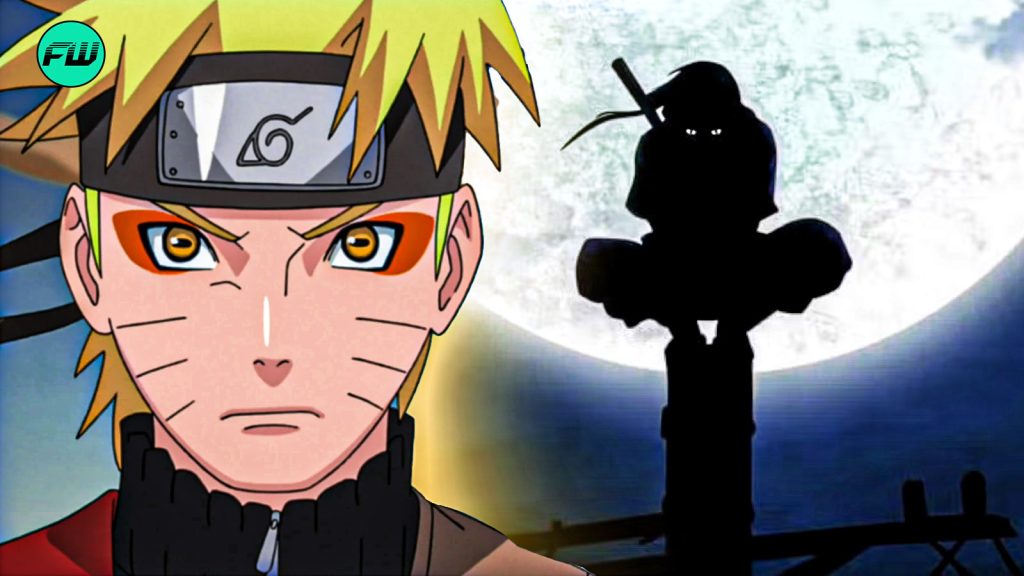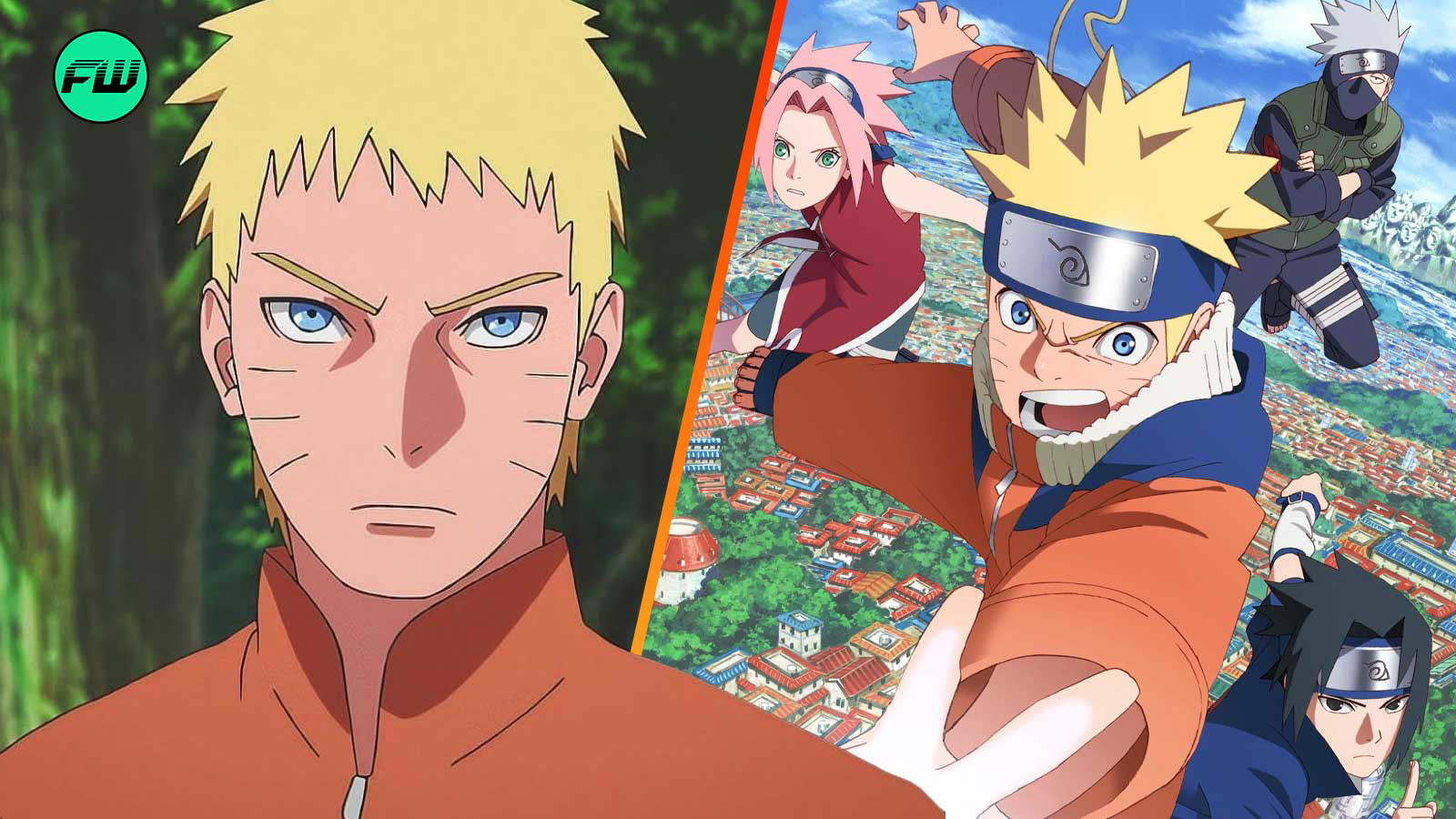
Spanning over a decade, Masashi Kishimoto’s Naruto grappled with numerous themes and ideologies. Primarily driven by emotions and optimism, Naruto has gotten a bad reputation for how everything always works out in the end. The ‘talk-no-jutsu’ meme is the best example of how it happens. Every time Naruto faces a sinister villain, he converts their hearts through his own optimism and willpower. It is a repetitive occurrence in the main storyline.
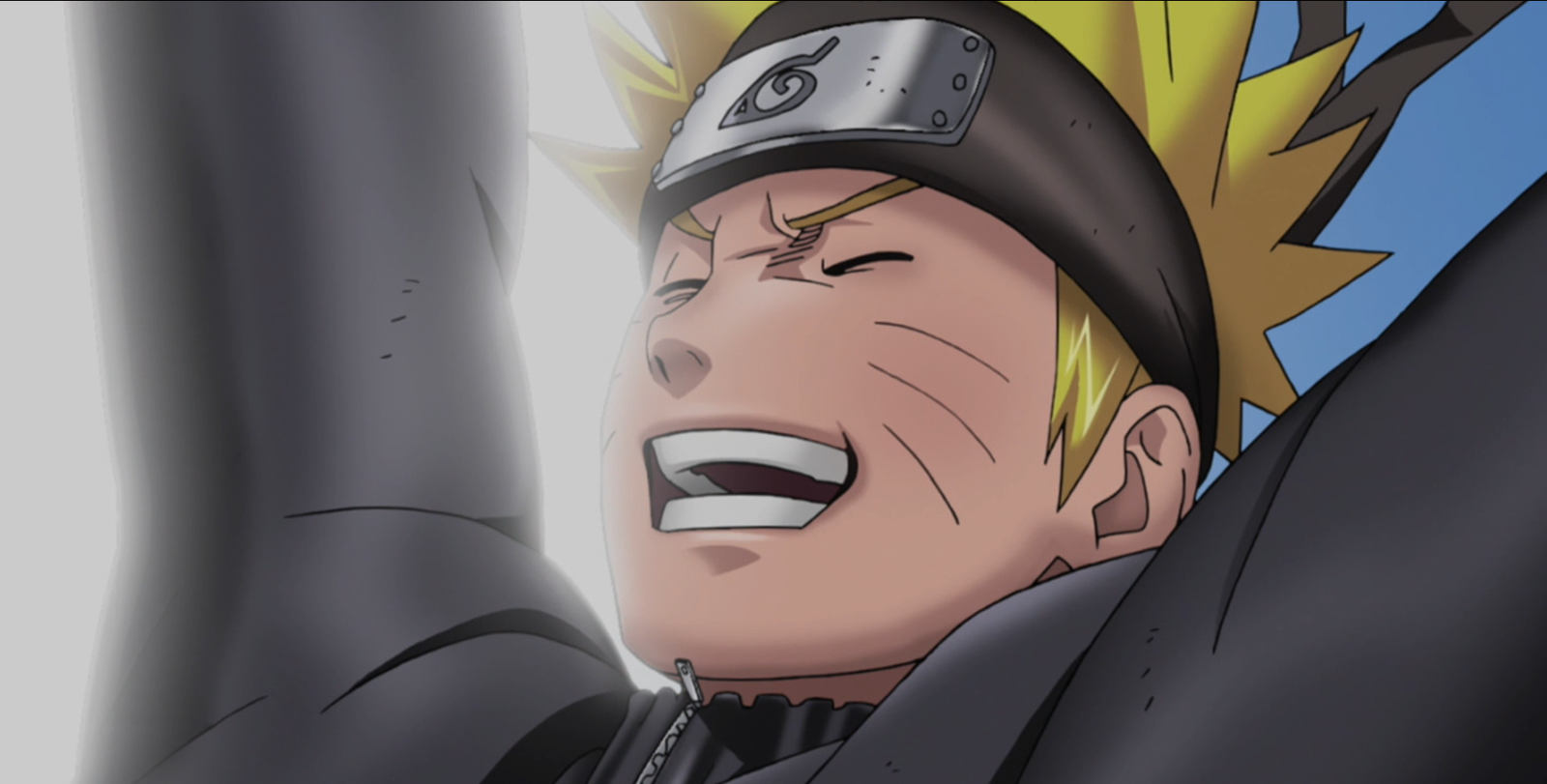
Sometimes, it’s hard to believe that all that was needed by the villains who have committed heinous crimes, was a simple pep talk from the protagonist. Kishimoto was aware of the naivety of this particular aspect of his series. Yet, he chose to stick with it and even defend it in an interview. Here’s what he had to say about the unrealistic portrayal of idealism and optimism in Naruto.
Masashi Kishimoto on his Utopic Vision Behind Naruto
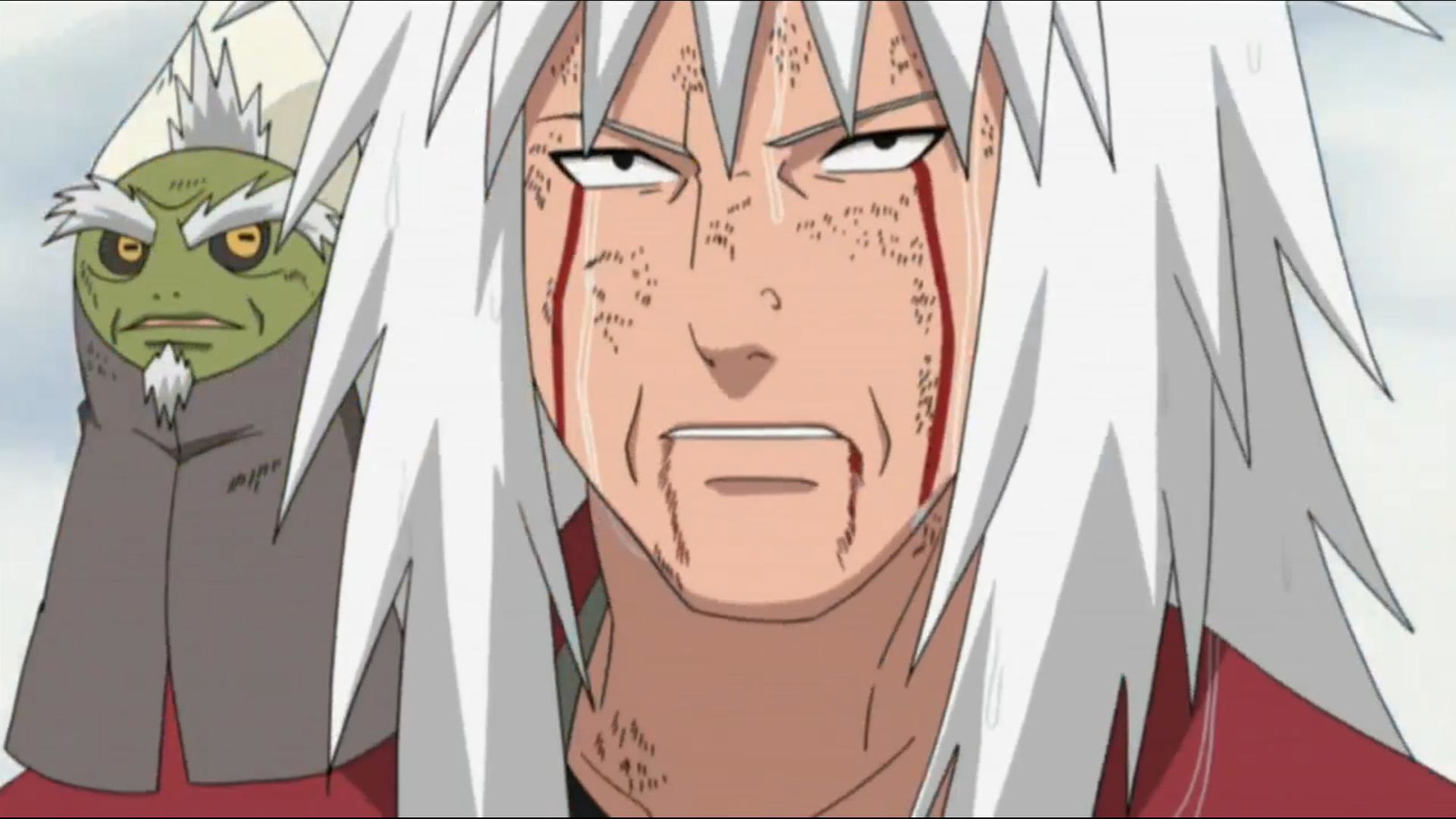
From great fights to emotionally impactful character arcs, Naruto has resonated with millions of fans for a wide variety of reasons. While some fans appreciate the hopeful conclusions to different arcs in the series, some also believe that everything working out in the end is too convenient. During an interview, Kishimoto shared that he was aware of how his main character was sometimes too idealistic and naive.
And to be completely honest, overcoming traumatic experiences like Naruto does seems a bit idealist and naive to me. Even though, this kind of utopic idealism has to be written and defended in Shounen manga. Shounen manga must carry hope, above all.
Despite his awareness, Kishimoto chose to convey these themes over and over, which was a great decision in hindsight. Sometimes overly optimistic, the series wasn’t completely devoid of darker themes either. Asuma and Jiraiya’s death arcs, or even some earlier arcs in the manga reflected the darker aspects of the shonen world. For the most part, Kishimoto was able to maintain a balance between the sanguine and grim.
Moreover, the current landscape of the shonen sphere is full of series that prioritize darkness over all. The audience also loves the new and more realistic depiction of life in the era of dark shonen series. Naruto’s emphasis on hope and the linear idea of peace stands out as a more encouraging experience that highlights the brighter aspects of life and human relationships.
A Clash of Two Contrasting Ideologies
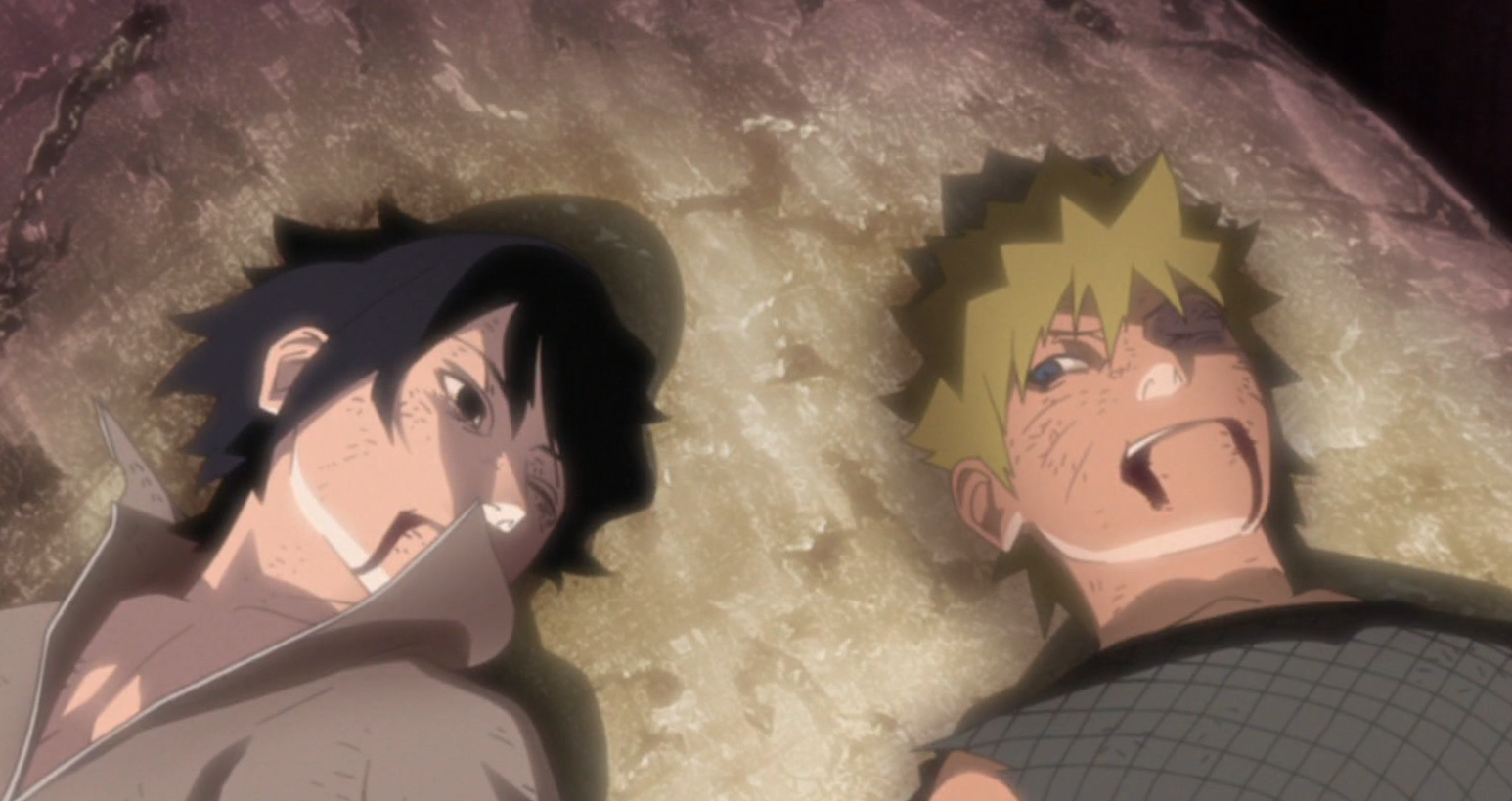
Most of the flashbacks and character arcs in Naruto reflect how different individuals deal with grave circumstances and tragic childhoods. Masashi Kishimoto shared in the same interview that he tried to convey different perspectives that were more nuanced and realistic than Naruto’s unwavering faith in life. On a side note, the interview is a must-read for Kishimoto fans as it delves into his experiences in life.
Sasuke was a direct parallel to him in how he gave in to the darkness as opposed to overcoming it or refuting it. Similarly, there were characters like Sasori and Nagato, who were victims and their tragic experiences led to villainous deeds. Unlike Neji, whose negative perception of life was challenged early on, the other two characters never experienced that until it was too late.
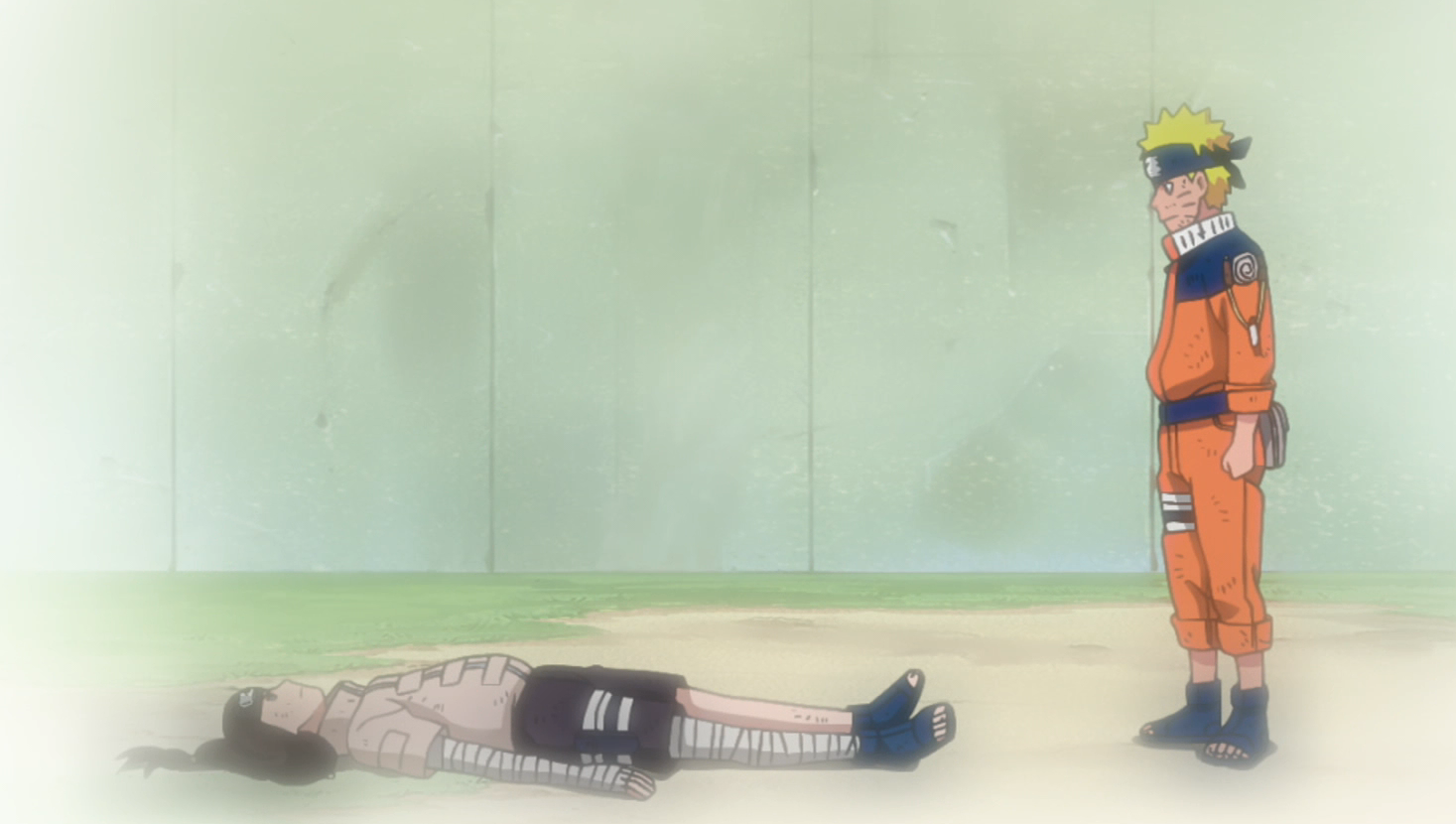
With these characters, Kishimoto expressed a more authentic relationship between a person and their traumatic pasts. On the contrary, the protagonist was a character who defied realism and always chose to remain hopeful. He could be definitive of optimism if it wasn’t for the few moments where he lost his calm in the middle of extremely emotional moments. In this way, Kishimoto’s optimism and realism often clashed in Naruto.
Naruto is available to read on the MangaPlus app and website.
This post belongs to FandomWire and first appeared on FandomWire

